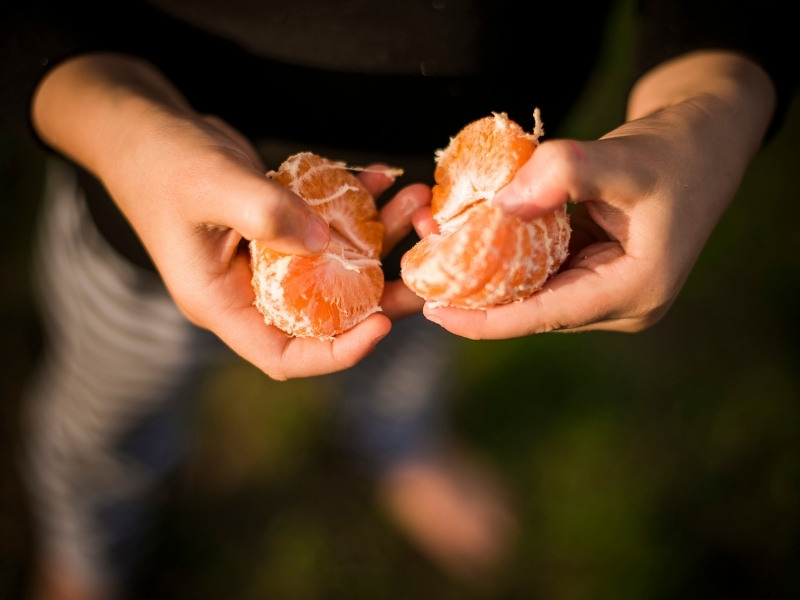Free standard shipping on orders over $98
Free gift with first purchase!
NZ wide delivery
Free standard shipping on orders over $98
Free gift with first purchase!
NZ wide delivery
Known as a staple item in kiwi school lunchboxes, mandarins are like nature’s candy. Sweet and easy to peel, let's have a look at them in a little more detail.

Known as a staple item in kiwi school lunchboxes, mandarins are just like nature’s candy. Sweet, easy to peel and just as easy to pop in your mouth, they are the ideal snack available for a large portion of the year.
As much as you love them, we bet you have never given much thought to the unassuming mandarins that you’ve munched on since you were a kid. But, perhaps it is time to peel back the layers -- so to speak -- and appreciate these little balls of goodness in all their glory. They are much more important than you think!
Let's have a look at the humble mandarin in a little more detail.
Mandarin Varieties
You have probably heard of at least one or two mandarin varieties, but there are actually around 200 different types of this little citrus gem! The Satsuma grows well in NZ due to its tolerance to cold. They are sweet, juicy and easy to peel. The clementine is often seedless, small and sweet, while tangerines (yes, a variety of mandarin) are slightly more sour with a darker orange hue.
Mandarin Nutrition
There is not much hidden inside your mandarin when it comes to vitamin variation. Of course, there is the expected vitamin C content that comes with most citrus. In fact, one large mandarin can provide up to half your daily requirement. They also have a decent amount of vitamin A (16 percent of your recommended daily amount) and potassium (6 percent).
How To Eat A Mandarin
These little guys are super easy to peel and enjoy anywhere and at any time. They make great lunchbox additions as their skin protects the flesh inside. But they are also great in a variety of dishes. Throw them into a salad full of leafy greens, avocado, red onion, and add a nice tart vinaigrette.
You can also get experimental with Asian-inspired cuisine. Make a mandarin sauce to serve with your freshly-caught (or bought) fish. The juice works really well in a sweet and sour sauce too. You can easily replace oranges or lemons with mandarins if you want to use them up. Just substitute two to three mandarins for every orange.
The Birth Of The Orange
We have a lot to thank the mandarin for. The main thing would be oranges! That's right. If it weren't for the little old mandarin, we wouldn't even have oranges. Your stock-standard orange is a hybrid made up of 75 percent mandarin DNA and 25 percent pomelo.
Bet you thought the orange came first, right!
A Gift from the East
The mandarin is thought to have originated in South China, but may also have come from Vietnam and Japan. Their history is mind-blowingly long. They were cultivated for 3000 years in China before making their way across to Europe and North America in the 19th Century. It was sometime in the 1820s that mandarins appeared in Australia and New Zealand.
For the Chinese, mandarins are considered to be symbols of good luck. They are given as gifts and used for decoration during the Chinese New Year. This tradition crossed over to Europe, where many a child would find one or two of the sweet treats in their stockings come Christmas morning.
Theories vary about where the name originates from. But, the most commonly accepted one is that the fruit is named after the officials of the Chinese Imperial Court. Many eons ago the officials wore bright orange robes - they were known as Mandarins.
We love Mandarins here at Twisted Citrus. And we pick them all autumn long. You can order your sweet and juicy manadarins to be delivered right to your door from the shop now.
